The Ultimate Guide to Competitive Board Games
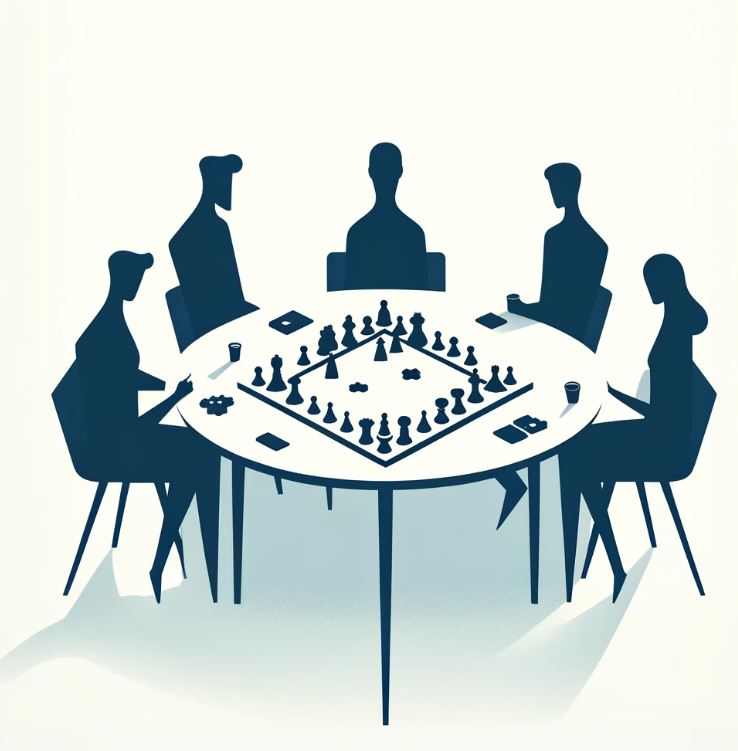

Competitive board games captivate players with their ability to offer a platform for strategic thinking, skilled maneuvering, and direct competition. These games come in a wide range of complexities, from simple, fast-paced challenges perfect for family game nights, to intricate systems designed for experienced strategists. Their thematic variety is equally diverse, covering everything from historical conquests and fantasy battles, to economic simulations and abstract designs. This wide range ensures that there is a board game for every type of player, providing a fun way to interact and a chance to test your mental acumen against both friends and opponents.
What Makes a Board Game Competitive?
At its core, a competitive board game is designed to pit players against each other in a contest of strategy, luck, and skill, with the ultimate goal of outperforming opponents to claim victory. Some key elements that define these games include:
- Player Interaction: How players’ decisions and actions directly affect their opponents’ strategies and outcomes.
- Strategy and Tactics: The depth of planning and adaptability required, which can range from simple to complex.
- Win Conditions: Clear objectives that need to be met in order to win the game, which could be reaching a certain point score, completing a specific task, or eliminating other players.
Key Aspects of Competitive Board Games:
- Strategic Depth: Games like “Chess” and “Go” require deep, long-term planning and have an almost infinite combination of moves.
- Player Engagement: Competitive games often keep all players involved by integrating mechanisms that require constant decision-making and adaptation.
- Challenge and Replayability: The best competitive games offer a balance of challenge and variety, encouraging players to come back and try different strategies.
These components are essential in creating a game experience that will keep players engaged, challenged, and motivated to improve their skills throughout multiple sessions.
Popular Competitive Board Games
Competitive board games range from classic historical games to modern masterpieces. Each game offers unique challenges and exciting competitive dynamics, making them a favorite among players. Here are some of the most popular games that bring out the fiercest competition among players:
- Chess: Often hailed as the ultimate game of strategy, Chess involves two players facing off with the aim of checkmating the opponent’s king. Its deep strategic elements have made it a staple in competitive gaming for centuries.
- Settlers of Catan: A game of resource gathering and trading where players aim to build settlements and cities in order to earn points. The game is known for its balanced mix of luck and strategy, requiring players to actively negotiate and strategize with their opponents.
- Ticket to Ride: This game challenges players to create the longest continuous railway route across a map by collecting and playing matching train cards. It is praised for its simple rules, yet it has a complex strategic depth.
- Pandemic: A cooperative board game that can turn competitive, as players work as a team to stop the spread of diseases across the globe. The game ends when either all diseases are cured or time runs out, making every decision crucial.
- Gloomhaven: According to Wirecutter, this game is a combination of RPG elements and strategic gameplay. Players take on the role of adventurers in a dark and branching narrative campaign. Each decision they make impacts the game’s progression.
- Magic: The Gathering: This collectible card game is played by two or more players, who use decks of cards that represent magical spells, creatures, and artifacts in order to defeat their opponents. The game is known for its intricate card interactions and deep strategic depth.
- Go: An ancient game with simple rules but complex strategies, often compared to chess due to its depth. In this game, players place stones on a board, trying to capture territory from their opponents.
Each of these games provides a unique approach to competition, catering to different preferences and strategic thinking. From the board layout to the complexity of the rules, these games have shaped the competitive landscape of board games, offering endless entertainment and challenging gameplay.
Spotlight on Go: A Timeless Competitive Game
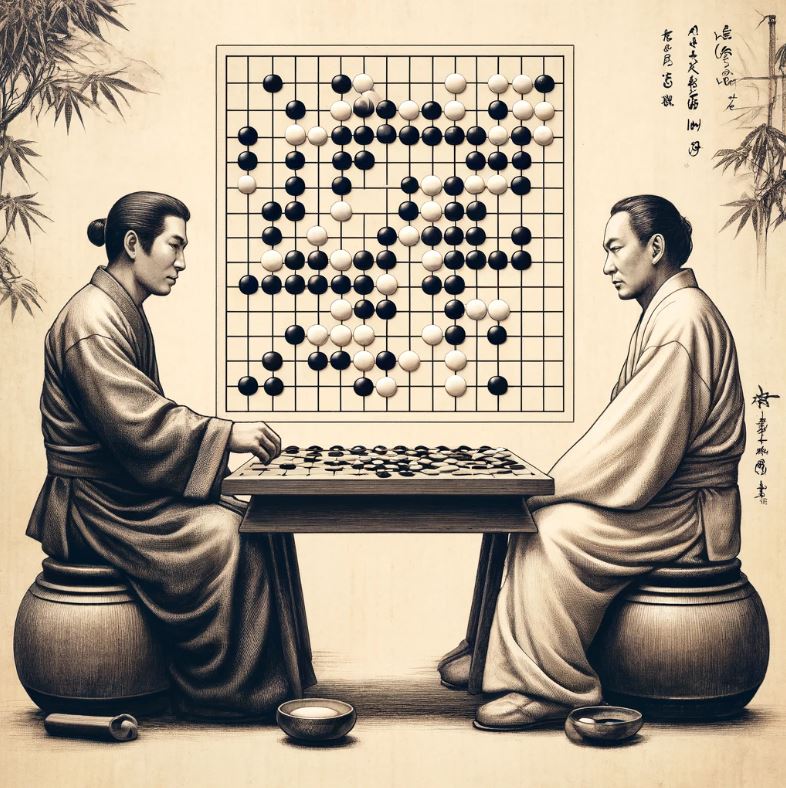
Go, also known as “Weiqi” in China and “Baduk” in Korea, is one of the oldest and most well-known board games in the world. It has origins that date back more than 4,000 years and was invented in China. Since then, it has become an integral part of the cultural heritage of East Asia. In the 20th century, it gained popularity in the Western world and has since established itself as a global phenomenon with a thriving competitive scene.
Understanding the Basics of Go:
- Gameplay: Go is played on a grid of 19×19 lines, although beginners may start on smaller 9×9 or 13×13 boards. Two players take turns placing black or white stones on the vacant intersections of the board.
- Objective: The main goal is to use your stones to form territories by surrounding empty spaces. Players also seek to capture their opponent’s stones by completely surrounding them.
- Rules: The rules are simple but allow for complex strategies. The concept of “liberties” (empty points adjacent to a stone) is crucial, as stones with no liberties are captured and removed from the board.
Strategic Depth and Educational Value:
- Infinite Possibilities: The strategic depth of Go is vast, with more possible board configurations than atoms in the known universe. This makes the game a perpetual challenge, as no two games are alike.
- Skill Development: Playing Go can enhance cognitive skills like problem-solving, strategic planning, and spatial reasoning.
Global Appeal and Competitive Scene:
- Worldwide Popularity: Today, Go is enjoyed by millions around the world. Its simplicity and depth make it a lifelong pursuit for many.
- Competitions: There are numerous international competitions, including the World Go Championship, which highlight the game’s depth and the high level of skill required to compete at the top levels.
Learn More About Go:
To dive deeper into the fascinating world of Go, consider exploring the following resources provided by Gomagic:
- Rules and Basics: Understand the foundational rules of Go at How to Play Go – Rules.
- Skill Improvement: Solve interactive Go problems to improve your playing strategy at Go Problems.
- Courses: Engage with video courses featuring interactive elements for players of all levels at Go Courses.
Whether you are a beginner or an experienced player, these resources can help you to enhance your understanding and enjoyment of Go. Go is not only a game with a rich history, but it also provides intellectual stimulation.
Best Competitive Board Games for Two Players
Two-player board games are a special category in the world of board games, offering intense head-to-head competition that requires strategy and skill. These games stand out for their strategic depth and exciting gameplay. Here are some of the best two-player board games that are known for their challenging gameplay and strategic depth.
- Twilight Struggle: Set during the Cold War, this game pits the USA against the USSR in a struggle for geopolitical dominance around the globe. According to Amazon reviews, its deep strategic gameplay and historical scenarios make it a favorite among enthusiasts seeking a tense, intellectual duel.
- Hive: A highly engaging and easy-to-learn game that doesn’t require a board, instead using hexagonal tiles for each player to capture the other’s queen bee while defending their own. This game, described by YourTango as “chess with bugs”, is portable and can be set up quickly, making it perfect for playing on the go.
- Lost Cities: This card game is designed for two players to challenge each other in managing risks and planning strategies as they embark on archaeological expeditions to remote parts of the world. Each card played can lead to points for the player, or pave the way for their opponent’s success.
- Patchwork: As a game of time management and quilting, players compete to create the most aesthetically pleasing (and highest scoring) quilt using different fabric pieces. This is a wonderfully strategic game that combines spatial reasoning with economic planning.
- Star Realms: This deck-building game takes players on a journey through a sci-fi universe, where they must battle to create powerful fleets and bases. The game is fast-paced and dynamic, with strategic card combinations that require careful planning to defeat opponents effectively.
These games not only provide a great opportunity to spend quality time with your partner or friend, but they also challenge your strategic thinking. Each session becomes more than just a game – it becomes a battle of wit. Whether you prefer a complex simulation or a quick tactical game, these two-player board games will surely enhance your competitive spirit and test your gaming skills.
Competitive Board Games for Groups
Group board games are an excellent way to bring friends and family together for an evening of strategic and competitive fun. These games often feature dynamic interactions and complex gameplay mechanics, creating a lively and engaging experience for all players. Here are some great competitive board games that are praised for their ability to provide entertainment and challenge.
- Secret Hitler: A social deduction game in which players attempt to identify and stop a secret Hitler among their ranks. The game is known for its intense player interaction and deceptive gameplay, making it a favorite among those who enjoy psychological manipulation and intrigue.
- Codenames: Teams compete to be the first to establish contact with all their agents through a series of cryptic clues provided by their respective leaders. This game, recommended by Wired, tests linguistic creativity and teamwork.
- The Resistance: A game of hidden identities, deception and deduction, in which players assume the roles of members of a resistance movement attempting to overthrow an oppressive regime, while spies attempt to infiltrate the ranks and undermine their efforts. The game emphasizes its engaging gameplay, which encourages players to communicate and strategize.
- King of Tokyo: This game allows players to control a variety of characters, including mutant monsters, robots, and aliens. They all compete to become the ultimate winner in the game, which is set in the bustling city of Tokyo. Players use dice to determine their moves and accumulate power, making it a game that combines elements of luck and strategy. It’s perfect for groups of friends who enjoy playing games together and having fun in a lively environment.
- Exploding Kittens: A highly strategic version of Russian Roulette powered by kittens, players draw cards until one of them draws an “Exploding Kitten”, at which point the player explodes and is out of the game, unless they can defuse the situation. Apartment Therapy describes it as a party game that provides competitive fun with a good dose of humor.
Each of these games offers a unique way to engage multiple players, making them ideal for game nights when laughter, strategy, and a bit of competition are in order. Whether it’s uncovering hidden traitors, racing to claim territories, or fighting as monstrous titans, these group board games promise fun-filled experiences filled with challenges and surprises.
How to Choose the Right Competitive Board Game

Choosing the right competitive board game can greatly enhance your gaming experience, ensuring that everyone involved is engaged and challenged. To help you make an informed decision, here are some key criteria and tips to consider when selecting a game that fits your group’s preferences and skills.
Criteria for Choosing a Board Game:
- Game Length: Consider how much time you have available. Games can range from quick 15-minute sessions to long, immersive strategies that last several hours.
- Complexity: Assess the complexity of the rules. Some players may enjoy the challenge of a steep learning curve, while others might prefer simpler, more straightforward games.
- Thematic Elements: Choose a theme that resonates with the interests of your group, whether it’s fantasy, science fiction, history, or mystery.
Tips for Selecting Games Based on Group Size and Skill Levels:
- Group Size: Ensure the game scales well with the number of players. Some games are best for two players, while others can accommodate large groups without losing engagement.
- Skill Levels: Opt for games that match the overall skill level of the participants. Beginners might enjoy less complex games, whereas seasoned players might seek out games that require strategic depth and critical thinking.
Selection Tips:
- Read Reviews: Check out game reviews on platforms like BoardGameGeek or Amazon to get a sense of how others have experienced the game.
- Watch Playthroughs: Viewing game tutorials or playthroughs on YouTube can provide a clear idea of the gameplay and whether it might appeal to your group.
- Consider Replayability: Choose games that offer different strategies or paths in each session, increasing the game’s replay value.
By considering these factors, it is possible to select a board game that is not only appropriate for the event but also promises an engaging and enjoyable experience for all participants.
Organizing a Board Game Tournament

Organizing a local board game tournament can be an exciting way to engage with the community and test skills in a competitive environment. Here are some steps and tips to ensure that your event is a success and enjoyable for all participants.
Steps to Organize a Tournament:
- Choose the Games: Select games that are popular and have a known competitive format. Games should cater to varying skill levels and interests.
- Find a Venue: Secure a location that can accommodate the number of participants and provide enough space for multiple games to be played simultaneously.
- Set the Rules: Define clear rules and the format of the tournament, such as elimination rounds or point systems, to ensure fairness and clarity for all participants.
- Promote the Event: Use social media, local gaming groups, and community boards to advertise your tournament and attract participants.
Tips for Engaging and Fair Play:
- Balance Teams: If the games involve teams, balance the skill levels to prevent any one team from dominating, enhancing competition.
- Prizes and Incentives: Offer prizes or certificates to winners to increase motivation and competition.
- Regular Updates: Keep participants informed about standings and next steps throughout the event, ensuring transparency and engagement.
An example from Reddit suggests involving the community in choosing the games that will be played, which can increase interest and participation. On the other hand, advice from WSBGVegas emphasizes the importance of professional adjudicators in resolving disputes and ensuring that the rules are strictly followed.
Competitive board games offer a unique combination of intellectual challenge and exciting competition. They not only provide an entertaining escape from everyday life, but also help to develop strategic thinking and social skills. We recommend exploring the games mentioned in this guide, particularly the timeless game of Go, to fully experience the depth and excitement that competitive board games have to offer.
Do you have a favorite board game that you enjoy playing competitively? We’d love to hear about your top picks and your experiences with them, especially Go. Feel free to share your thoughts and stories in the comments below, and let’s celebrate the wonderful world of strategic games together!



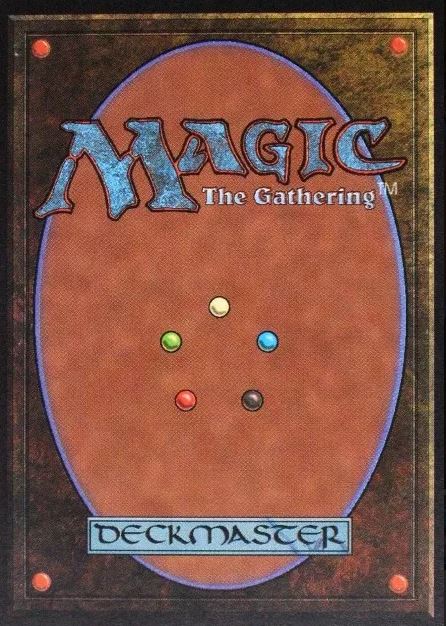

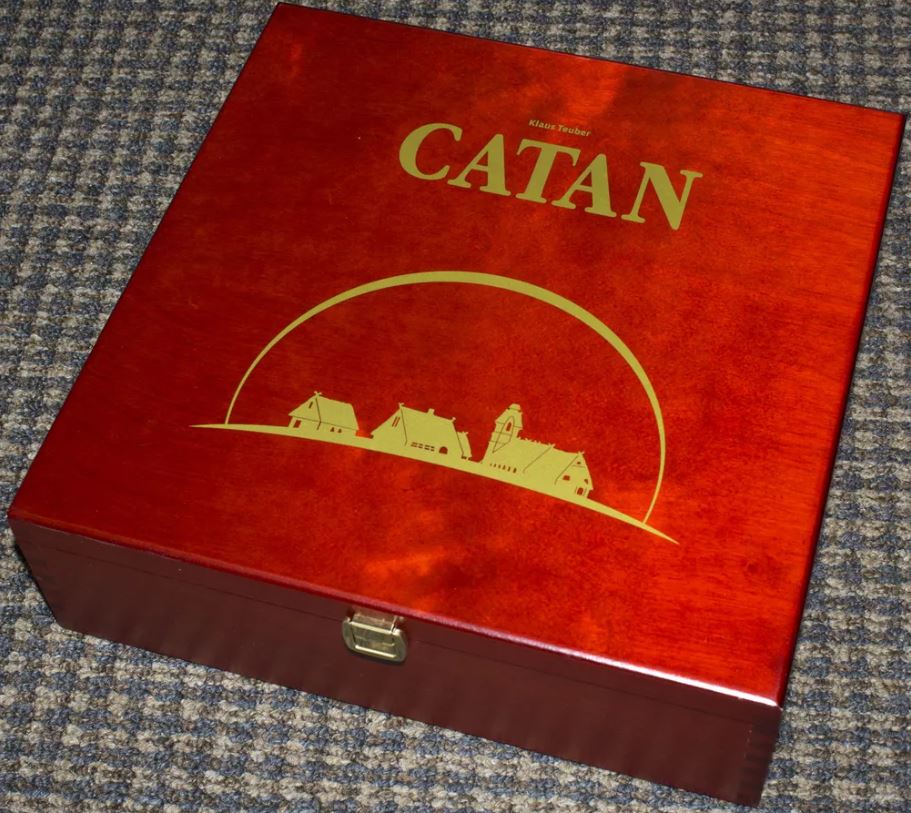
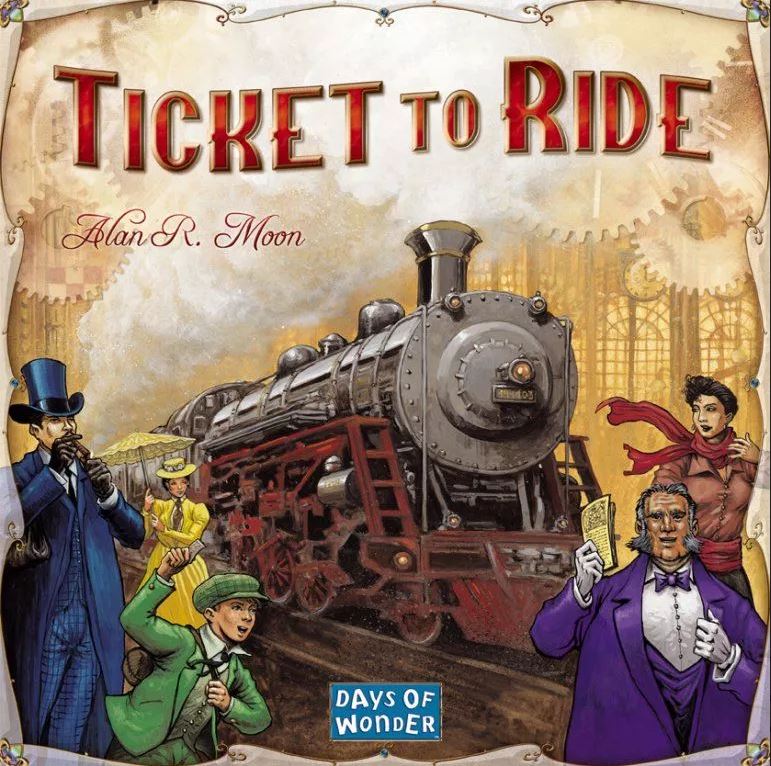


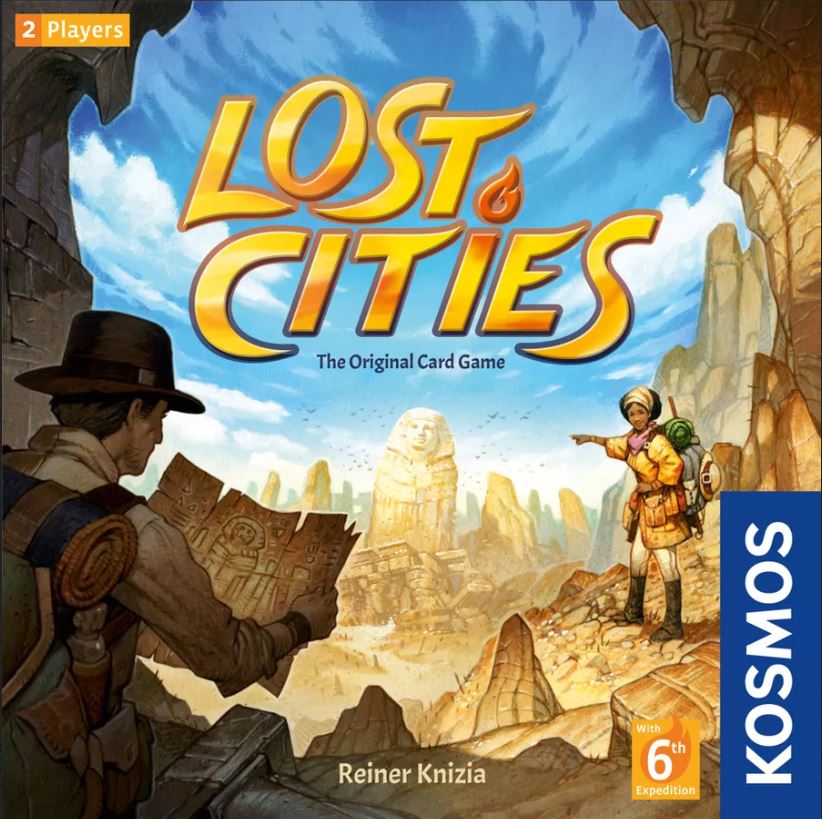
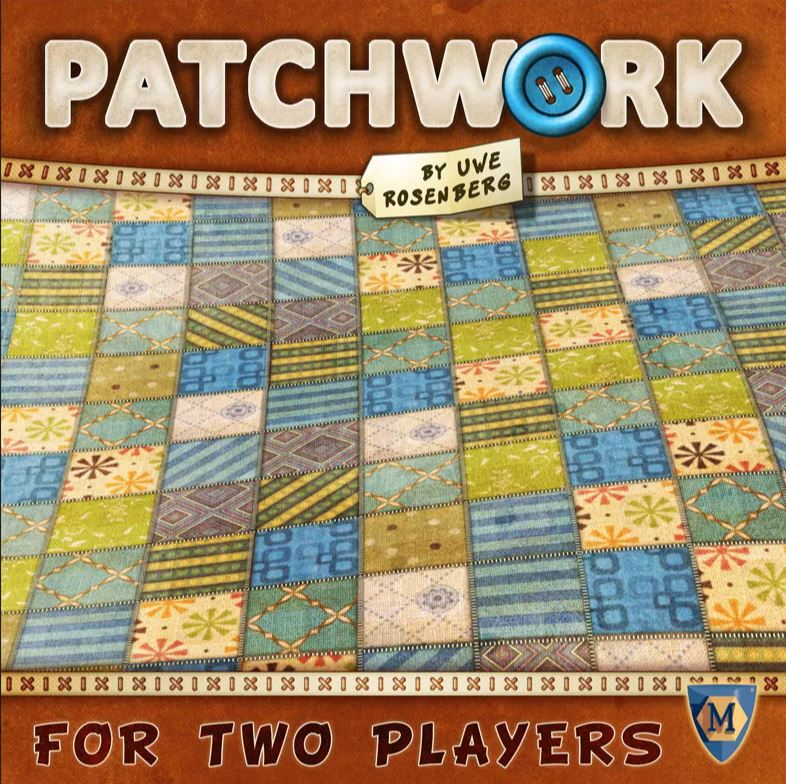
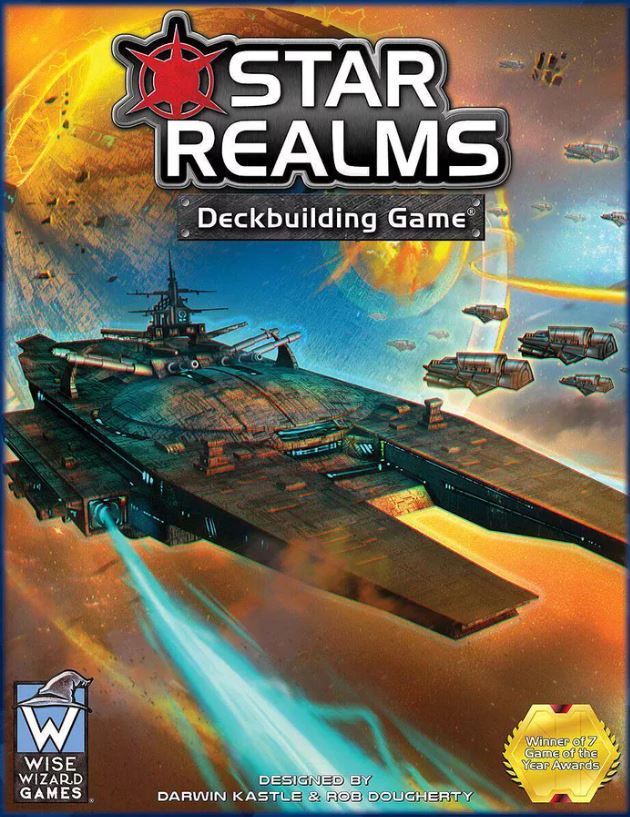

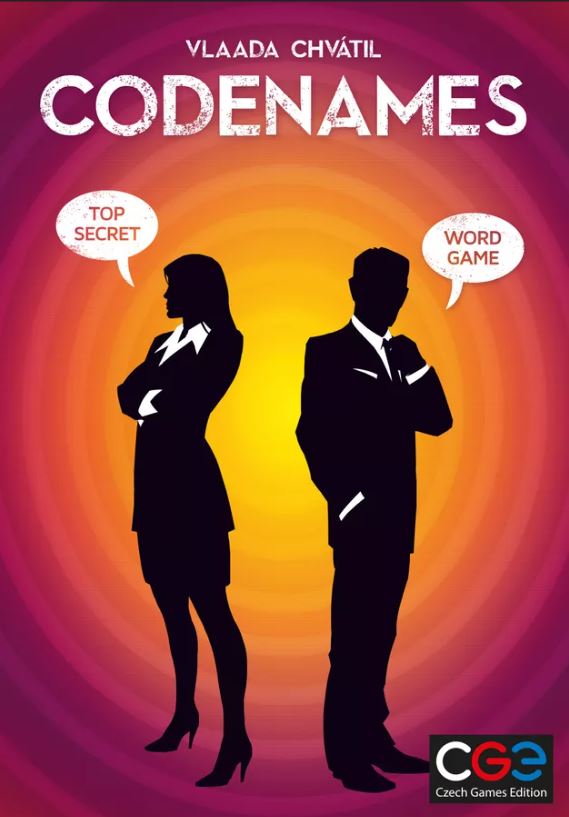
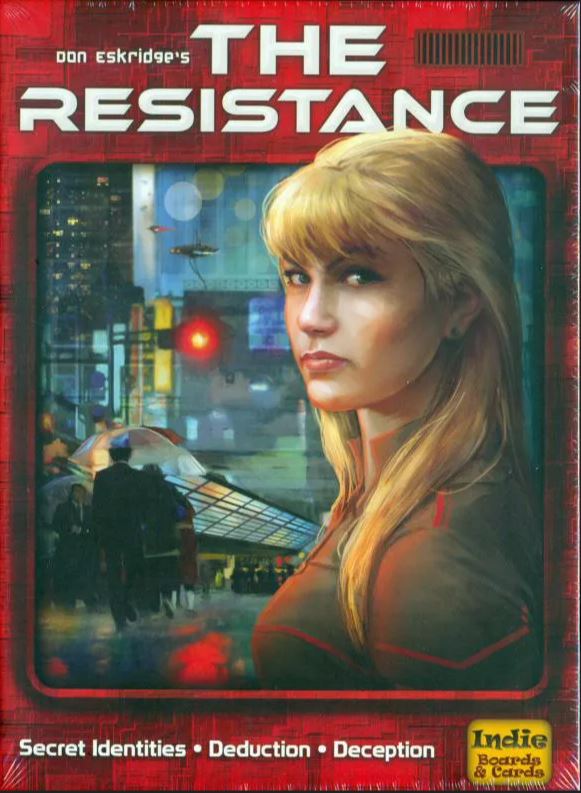
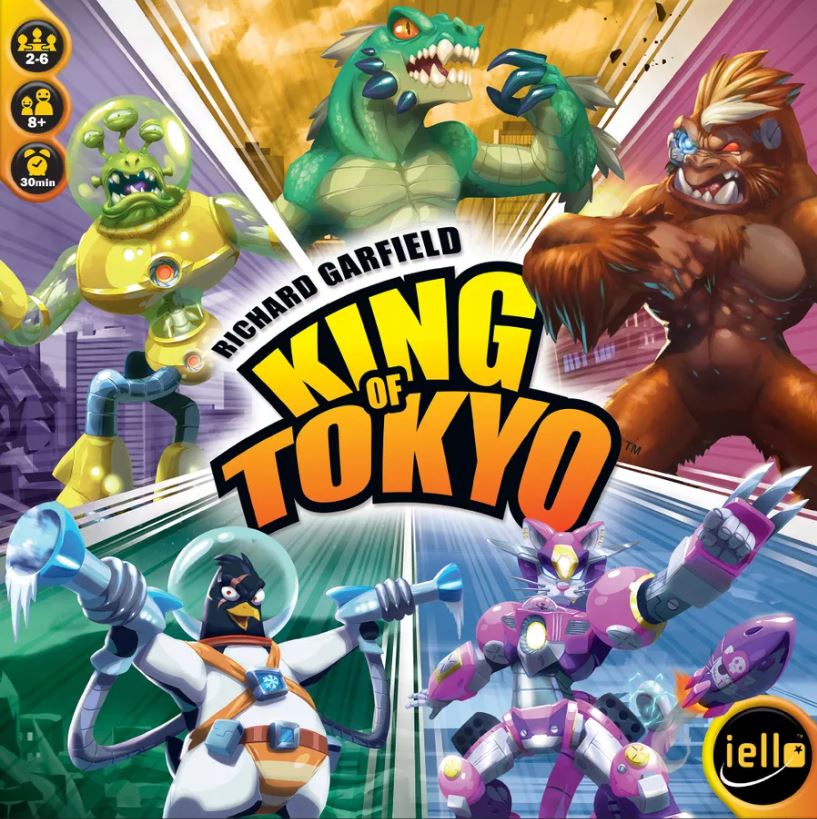

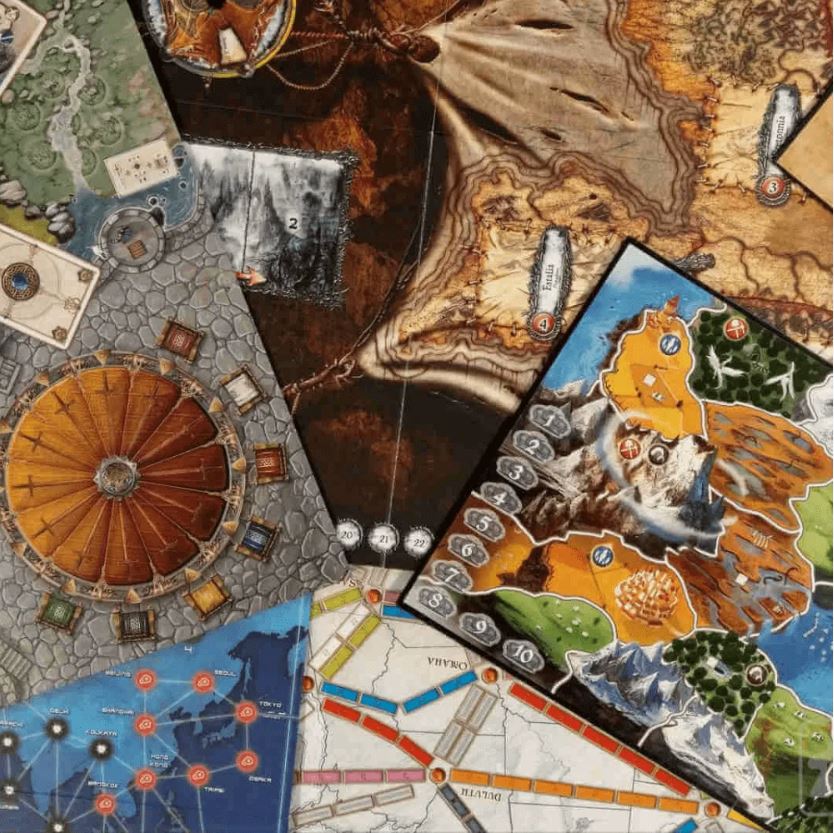
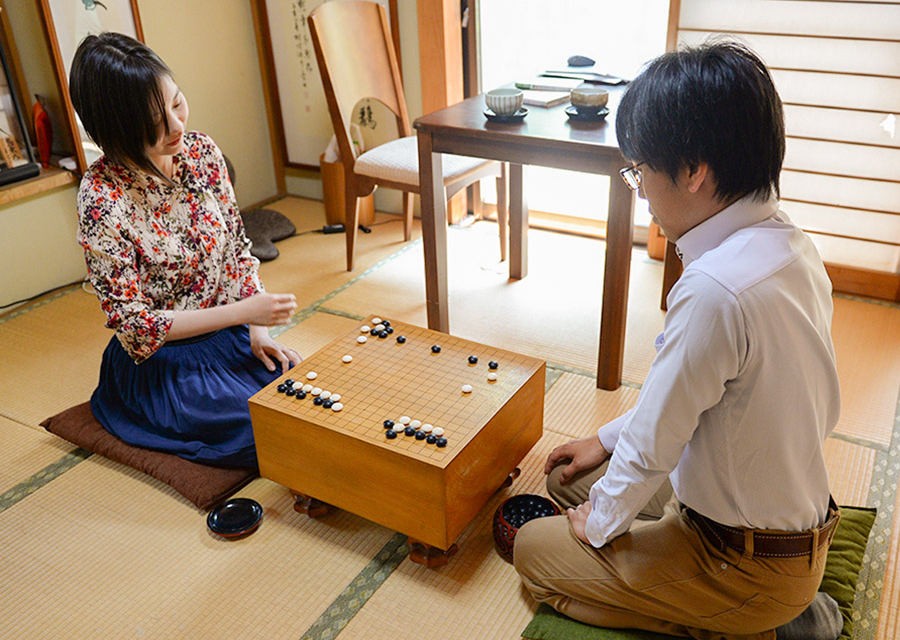
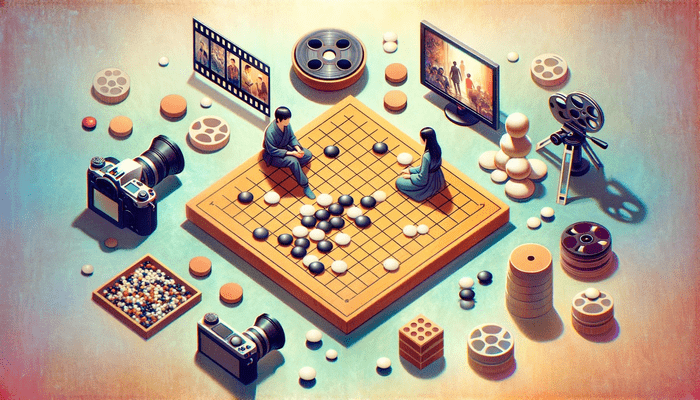


Leave a comment